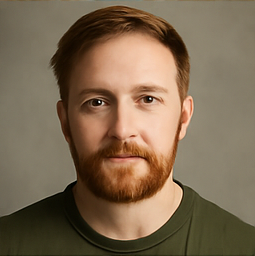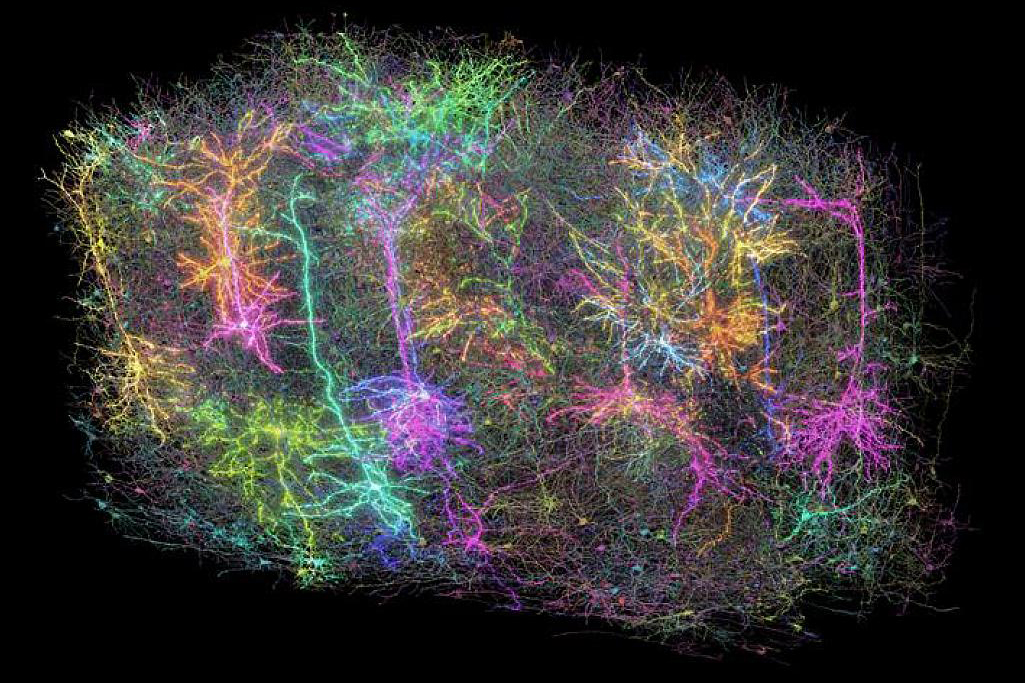Understanding Sleep: A Journey into the Science Behind Our Rest

In the enlightening series titled "Research Matters," we delve into various laboratories at Stanford University, engaging directly with scientists who are at the forefront of innovative research. Their work not only sheds light on the complexities of human health and well-being but also highlights the indispensable role that universities play in the broader landscape of national innovation. Here, we present insights from researchers themselves, carefully edited and condensed for clarity.
A staggering statistic reveals that approximately 30 percent of the general population will grapple with sleep-related issues at some point in their lives. This figure underscores the significant prevalence of sleep disorders, highlighting a critical area of health that demands attention.
The connection between sleep disorders and neuropsychiatric diseases is particularly striking. For instance, around 80 percent of children with autism face challenges related to sleep, and similar statistics can be observed among patients suffering from Parkinsons and Alzheimers diseases. The intersection of sleep and mental health is a burgeoning field of study, with profound implications for treatment and understanding of these disorders.
Despite the increasing awareness of the importance of sleep, current intervention techniques remain far from optimal. Traditional sleeping pills, while commonly prescribed, are fraught with potential side effects and long-term complications. Furthermore, the lengthy and often arduous process of getting new drugs approved through conventional regulatory pathways adds to the urgency of finding better solutions. Unfortunately, existing methods do not deliver satisfactory results, leaving many individuals seeking help without effective options.
In my laboratory, we are committed to unraveling the mysteries of sleep: why it is essential, how it is regulated, and what occurs within our brains during this critical state. We are especially focused on understanding the disruptions that occur when sleep goes awry and exploring potential fixes.
Our research can be categorized into three primary branches. The first involves mapping the neural circuitry responsible for transitions between sleep and wakefulness. This entails identifying which neurons are active during different states, including wakefulness, sleep, and REM (rapid eye movement) sleep. By understanding the factors that influence changes in neuronal activity, we aim to manipulate these processes to enhance sleep quality.
Initially, the tools we required for this research were not available. Fortunately, my first conversation at Stanford was with Karl Deisseroth, a pioneer in the field of optogenetics who had recently published his first paper. Together, we envisioned a project that would enable us to conduct this kind of research in vivo, specifically targeting sleep circuits. Over the past 15 years, we have successfully realized that vision, pioneering new methodologies in the process.
The second branch of our exploration addresses more profound questions about the purpose of sleep itself. One hypothesis we are investigating is the notion that sleep serves a crucial function in repairing DNA that may be damaged during periods of wakefulness. This is a relatively novel theory, and we are collaborating with various laboratories to develop real-time monitoring methods that will allow us to observe DNA breaks and the subsequent repair processes.
The third area of focus is translational research. Our goal here is to leverage nearly two decades of knowledge to create practical applications for human benefit. By connecting the dots of our research findings, we aim to facilitate the development of commercial products that can emerge from our ideas, ultimately benefiting individuals struggling with sleep disorders.
My passion for science stems from its inherent nature of exploration and innovationof proving and disproving hypotheses, and conducting rigorous testing. This commitment to discovery brings me immense joy; no two days are ever the same. Furthermore, the enthusiasm and energy of my trainees infuses our work with vitality and inspiration. Their passion for research is truly contagious, fueling our collective mission.
Amid our explorations, we have also discovered the potential of ultrasound as a non-invasive neuromodulation technique. This method allows us to target neural circuits critical to sleep-wake transitions. However, our understanding of the underlying mechanisms remains elusive. Uncovering these answers could significantly advance the fields of neuroscience and psychiatry, among others.
Ultimately, our aspirational objective is to comprehensively understand all elements that influence sleep. I believe that within the next 10 to 20 years, achieving this goal is entirely feasible. While I once viewed it as an insurmountable challenge, our incremental progress over time has been remarkable. Each step forward reinforces my belief in the potential of our research to contribute substantively to human health and understanding.
















